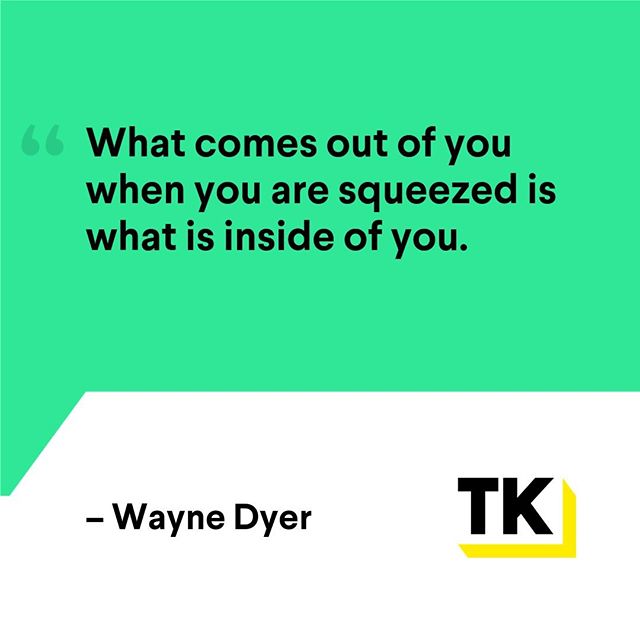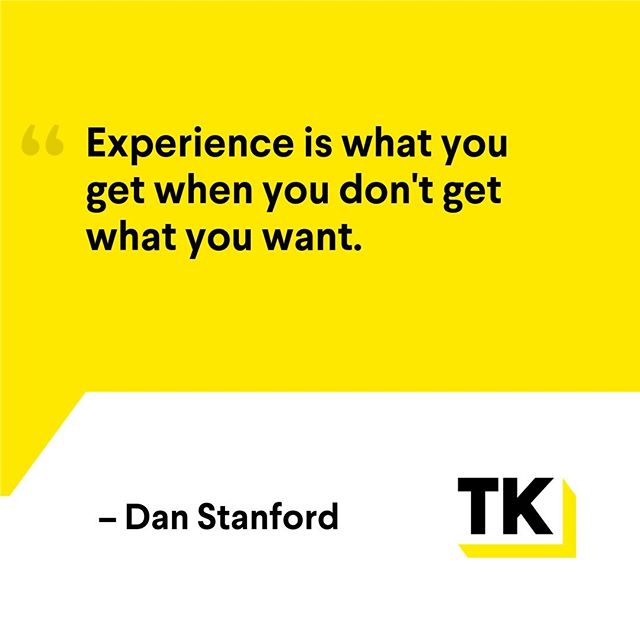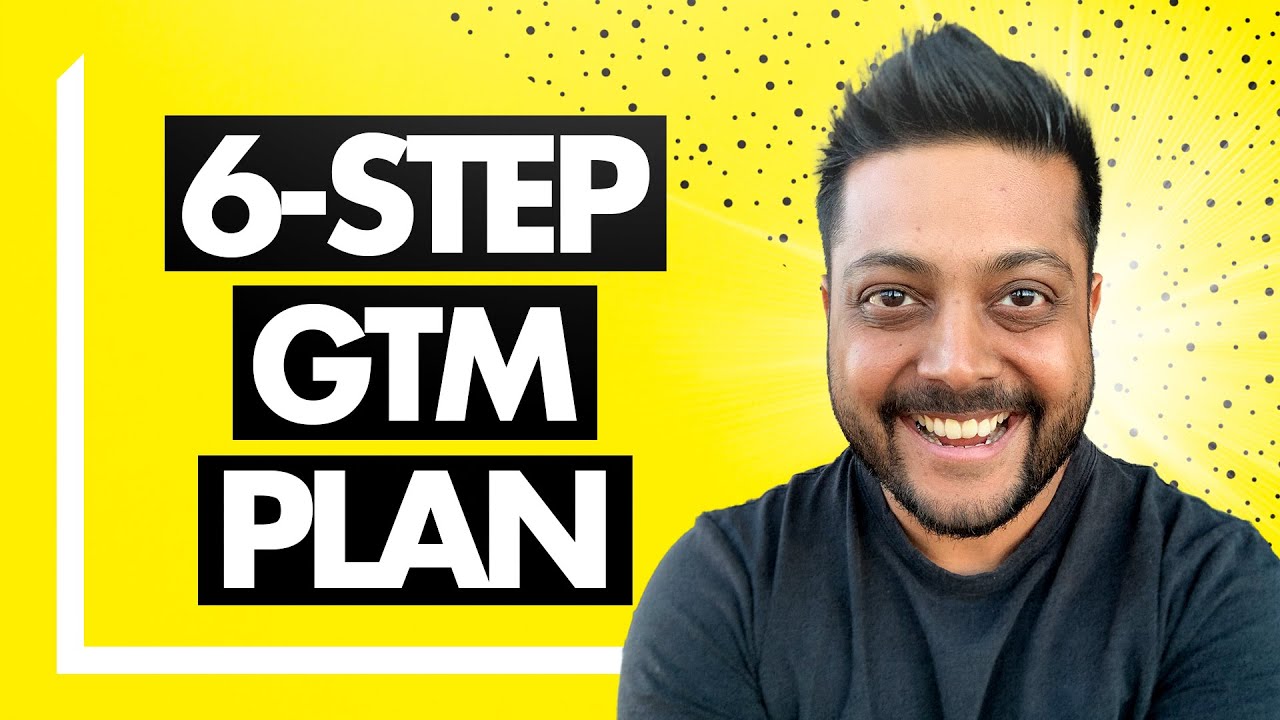I meet Entrepreneurs and Business Owners daily who are now looking to invest in the incredible opportunities available in the SaaS industry today. With the right SaaS business model, starting and scaling a SaaS company can be done successfully.
The Software-as-a-Service industry has experienced remarkable growth over the past decade, transforming the way businesses operate and serve their customers. According to McKinsey, the global SaaS market is currently worth about $3 trillion, and estimates it will surge to $10 trillion by 2030. Beyond the numbers, a SaaS business makes for an incredible business model.
More importantly, SaaS businesses exit for multiples of anywhere from 3X to 12X (and upwards of 29X in extreme cases). This makes them incredibly profitable businesses to build, operate, and exit.
In this article, I’ll outline the key steps and principles I’ve learned in starting and scaling a successful SaaS company. We’ll dig into what a SaaS business is, and uncover the essential steps required to leverage the remarkable growth and potential this dynamic industry holds.
What is SaaS?
SaaS stands for Software-as-a-Service. SaaS companies are enterprises that deliver software applications or services to customers via the internet. Behind every business of any size, there is a stack of SaaS products being used to run it.
Why Start a SaaS Company?
As a SaaS entrepreneur myself, I often get asked why I’m so obsessed with SaaS businesses. There are a number of growing reasons why SaaS companies are so widely successful and sought after.
1. Asset Light
First and foremost, SaaS companies are asset light. Unlike traditional businesses that require physical locations and heavy equipment, SaaS businesses operate in the cloud. This means that you don’t need to invest in expensive infrastructure or lease office spaces. The cloud allows you to work remotely, hire part-time team members, and focus on creating value for your customers. Not only does this make starting a SaaS business more affordable, it also reduces the maintenance and operational costs as you scale.
2. Infinitely Scalable
The second reason why I love SaaS companies is the scalability and global reach. Once you create the software, it can be infinitely scalable. With the power of the cloud, you can serve customers from all around the world, expanding your market potential exponentially. This global access gives you the opportunity to create unlimited customers and drive success for their businesses. The fact that you can create software once and have an infinite number of people who use it is truly remarkable.
3. Recurring Revenues
SaaS companies have recurring revenue that compounds over time. When you acquire a customer, you not only gain their business in the present, you also have the potential to generate revenue from them for years to come. With a strong product and efficient customer management, customers will continue to pay for your services. In many cases, their spending will increase over time as they add more seats and usage. This recurring revenue model creates predictability and higher valuations for your business, making it an attractive asset.
4. SaaS and AI
Lastly, the integration of AI makes SaaS businesses even more exciting. The next 10 years will bring massive opportunities as AI becomes more democratized and develops at a faster-pace. AI will revolutionize the way businesses operate, shifting from human-run workflows to software-driven decision making. This technological breakthrough opens a whole new set of opportunities for SaaS companies to solve complex business problems in ways we’ve never seen before.
These core benefits are what make the SaaS business model so appealing for many. They’re also the reason why I dedicate my time helping SaaS startup founders navigate their journey to Product-Market fit and growth. I have witnessed the power and opportunities that the SaaS business model brings, and want to share that knowledge and experience with others.
Building the Right SaaS Product
Building SaaS company is not for the faint of heart. They require slow, compounding, and delayed gratification work. But once you build them, they become money printing machines that command high multiples in the workplace. If you want quick cash? Start a services business. If you want to build true wealth, invest in building a scalable SaaS business.
The most important aspect of starting a SaaS company is identifying a target market and solving an urgent problem through a software solution. When developing a brand new SaaS business, I follow my M.G.P. Model. Let’s dig into each part of this.
Step 1: Market
Before diving into product development, it’s crucial to start by understanding your target market and identifying your Ideal Customer Profile (ICP). Who are you solving the problem for? Be specific and focus on a segment of the market that can benefit from your product. The riches are in the niches.
Within your ICP, identify the urgent and important problem that your product can solve for them. To determine if a problem is urgent, ask yourself “If you do not solve this problem right away, will it lead to negative consequences for your ICP?” And to determine if it’s important, consider if it’s a top priority for them compared to other challenges they may be facing. By identifying your ICP and the market issue, you can validate that there is a real need in the market prior to building out your SaaS product.
Step 2: Go-To-Market
Once you have identified your target market and validated a market problem, it’s time to develop your Go-To-Market strategy. This step involves engaging with your potential customers and validating your market thesis. The key here is to have one-on-one conversations with a significant number of people within your target market.
I recommend reaching out to at least 100 individuals who fit your target market criteria. These conversations will help you understand if your ideal customers are interested in a solution to their impending problem. By speaking directly to your potential customers, you’ll gain valuable insights and data that will inform your Go-To-Market strategy. If you would like to learn more about building a strong GTM strategy for your SaaS company, read more here.
Step 3: Product
Now that you have validated the market and GTM strategy, you can confidently focus on developing your product. The goal here is to create a 10X solution that is significantly better than any existing alternatives. Your product should address the urgent and impending problem you identified. You should offer a superior solution that customers are willing to pay for.
The feedback and insights gathered from the conversations with your ICP will guide you in building a product that truly meets the needs of your target customers. By following this feedback loop and constantly iterating on your product, you can ensure the continuous improvement and defining value to your customers.
This MGP model effectively validates your SaaS product idea, de-risks yourself, and accelerates your path to earning that crucial first dollar. Building a successful SaaS company takes time and effort, but with the right approach and a strong framework, you can increase your chances of success.
The Unstoppable SaaS Business Model Framework
After developing your product, you’ll want your SaaS solution to reach Product-Market fit. Navigating the path to PMF can be a challenging journey for any SaaS company. As someone who has been through it multiple times, I have developed a framework that has proven to be effective in accelerating the path to product-market fit.
The framework I use is based on two important concepts:
The Flywheel Effect
The Flywheel Effect, popularized by Jim Collins, states that every successful business has a natural flywheel that drives it. By identifying the core components of this flywheel and optimizing them, you can create a fast-driving and successful business.
When thinking about your flywheel, at the core of it should be your ICP. Once you have established an ideal customer, you can start building out all the other components. These components will determine what areas you want to focus on and tweak. If you can optimize it, your flywheel spins faster and faster, leading to a massively successful SaaS company.
The Pirate Metrics
The Pirate Metrics, coined by Dave McClure, are a set of key metrics that you must focus on to drive growth within your SaaS startup. These metrics allow you to measure your success and evolve your SaaS business model. When combining both of these concepts, these metrics allow you to iterate on the flywheel consistently and effectively, driving the path to growth and product-market fit.
1. Acquisition
Acquisition refers to the gathering of new customers who fit into your ICP. Here you’re generating demand. Based off of this metric, you’ll see whether your demand generation faces issues.
2. Activation
Once you have acquired your customers, the next step is to activate them. This involves getting them to take meaningful steps towards engaging with your SaaS product. You can go about this through creating call-to-actions and leading them towards a sales call or free demo.
3. Revenue
This is where you convert activated users into paying customers, leading to revenues. If you’re activating but not making revenues, you’ll know your conversion process causes the flywheel to fall apart.
4. Retention
Retaining your existing customers is just as important as acquiring new customers. This measures how many of your customers continue to use and pay for your SaaS product over time.
5. Referrals
When your customers are happy and satisfied with your business, they start the flywheel all over through referrals.
The power of these 5 elements lie in their ability to build upon each other. By optimizing each one and making decisions based on the other, you can accelerate your path to PMF and growth. Tracking these metrics allow you to identify which areas are in need of improvement. Following this SaaS business model helps you make better informed decisions on where you need to focus your efforts.
In Conclusion
Building a successful SaaS company takes time and effort. With the right approach and strong SaaS business model, you can effectively create a sought after product and accelerate your path to product-market fit. Implementing these frameworks will help you navigate this competitive industry effectively as you start and scale your SaaS business.
If you’re looking to start your SaaS company and still trying to tie it all together, then I invite you to check out my SaaS GTM Coaching Program. Inside this program, I work with hundreds of SaaS Founders to establish a strong foundation and scalable GTM strategy.












